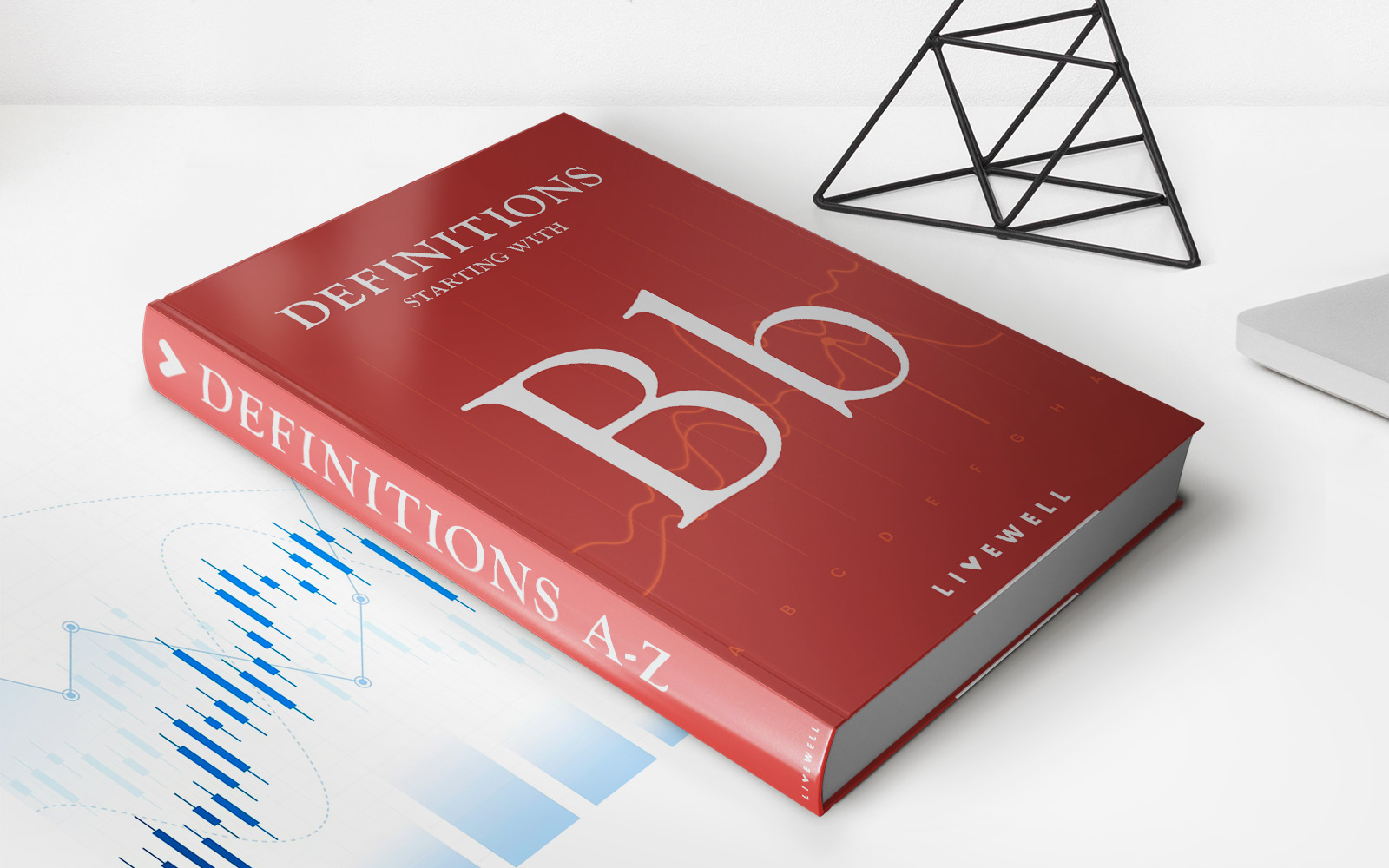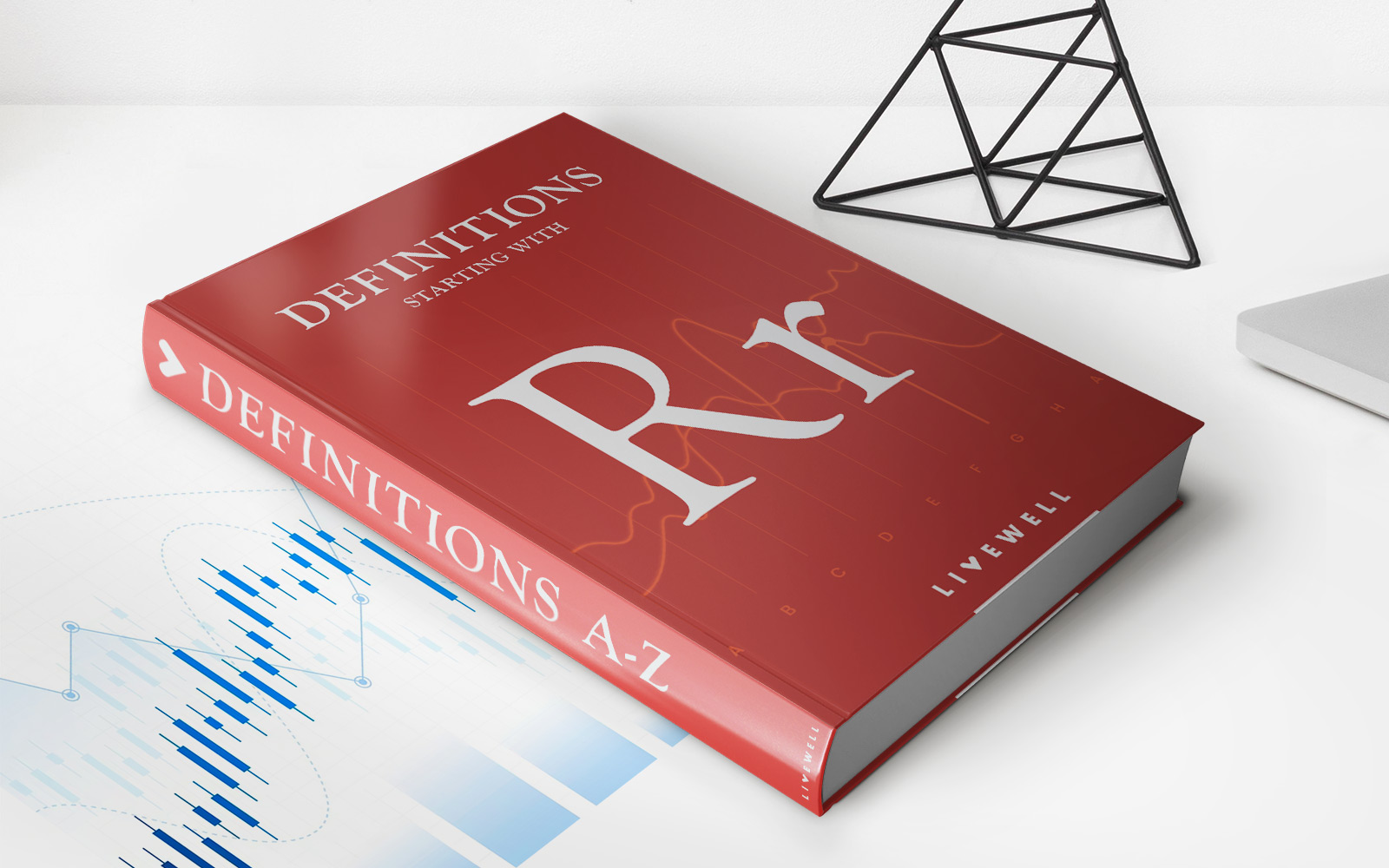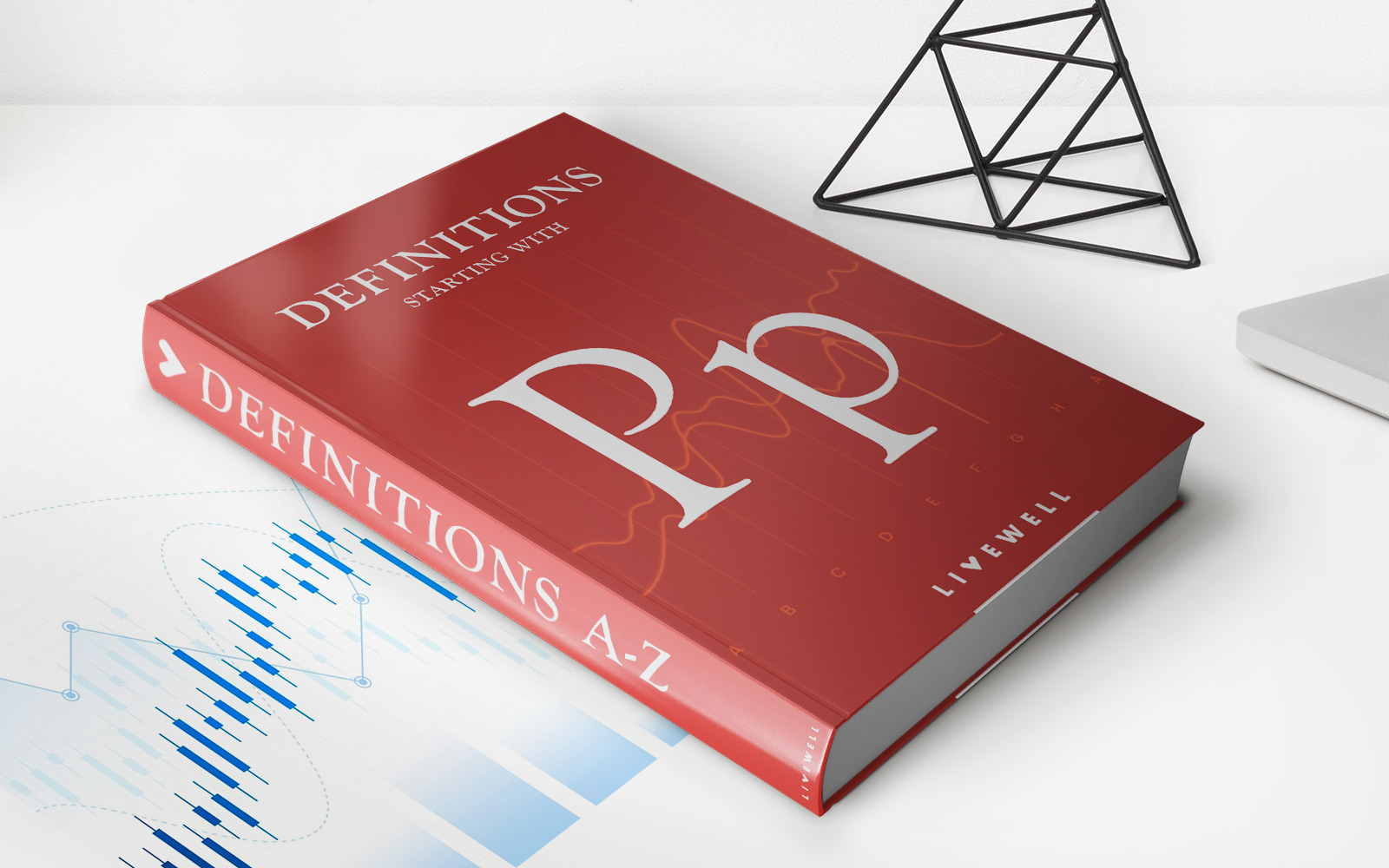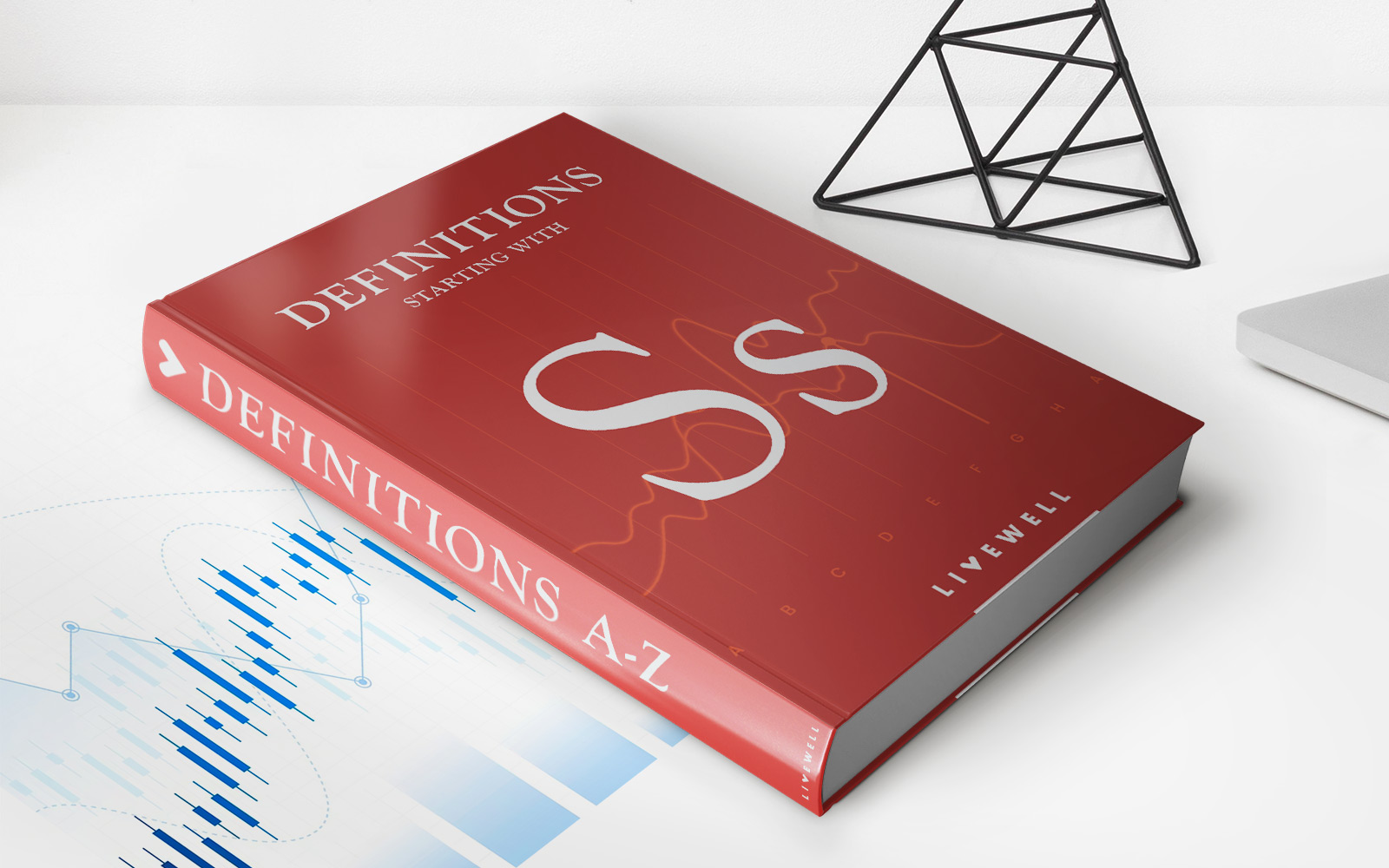Home>Finance>Business Process Redesign (BPR): Definition, Process, And Purpose


Finance
Business Process Redesign (BPR): Definition, Process, And Purpose
Published: October 20, 2023
Get insights into the definition, process, and purpose of Business Process Redesign (BPR) in finance. Enhance efficiency and productivity with strategic BPR implementation.
(Many of the links in this article redirect to a specific reviewed product. Your purchase of these products through affiliate links helps to generate commission for LiveWell, at no extra cost. Learn more)
Business Process Redesign (BPR): Definition, Process, and Purpose
Welcome to our finance category, where we delve into various aspects of financial management and provide valuable insights to our readers. In this blog post, we will be discussing an important topic that can have a significant impact on businesses – Business Process Redesign (BPR). So, if you’ve ever wondered what BPR is, how it works, and what its purpose is, you’re in the right place. Let’s dive in!
Key Takeaways:
- BPR involves the complete overhaul of existing business processes to achieve significant improvements in efficiency, effectiveness, and customer satisfaction.
- The process of BPR includes analyzing existing processes, reimagining the ideal state, designing new processes, implementing changes, and continuously monitoring and refining the new processes.
What is Business Process Redesign (BPR)?
Business Process Redesign (BPR) is a strategic approach to improving business performance by fundamentally rethinking and reinventing existing processes and workflows. It goes beyond mere incremental changes and aims to achieve radical improvements in efficiency, productivity, quality, and customer satisfaction.
Imagine a scenario where a manufacturing company realizes that its production process is slow and outdated, leading to delays in fulfilling customer orders. By applying BPR, the company would examine every step in the production process, question existing practices, and identify areas for improvement. This could involve eliminating unnecessary steps, introducing automation, or reorganizing the workflow to streamline operations. The ultimate goal is to optimize processes to better meet customer needs while reducing costs and enhancing overall performance.
The Process of Business Process Redesign
The process of BPR typically involves several sequential steps to ensure a systematic and successful transformation. These steps include:
- Analyze Existing Processes: The first step is to analyze and document the current processes, identifying bottlenecks, redundancies, and areas for improvement. This is done through data collection, interviews, and observations.
- Reimagine the Ideal State: Based on the analysis, the next step is to envision the ideal state of the processes. This requires thinking outside the box and considering innovative solutions that can achieve significant improvements.
- Design New Processes: Once the ideal state is defined, it’s time to design the new processes. This involves mapping out the steps, roles, responsibilities, and tools required for the redesigned processes. Collaboration between stakeholders is crucial during this phase.
- Implement Changes: After designing the new processes, it’s essential to implement the changes effectively. This may involve training employees, revising policies and procedures, and deploying new tools or technologies to support the redesigned processes.
- Monitor and Refine: Once the changes are implemented, it’s crucial to monitor the new processes’ performance continuously. This enables businesses to identify any issues or deviations and make necessary adjustments to ensure the desired outcomes are achieved.
The Purpose and Benefits of Business Process Redesign
The primary purpose of Business Process Redesign is to drive positive and transformative change within an organization. By reimagining and redesigning processes, businesses can experience several benefits, including:
- Increased Efficiency: BPR eliminates inefficiencies, enabling businesses to achieve more with fewer resources. This could result in reduced costs, shorter cycle times, and increased productivity.
- Enhanced Quality: Streamlined processes lead to improved quality control, reducing errors, defects, and customer complaints. This, in turn, contributes to higher customer satisfaction and loyalty.
- Better Agility: Redesigned processes make organizations more agile and adaptable to changing market trends and customer demands. This allows businesses to stay competitive in dynamic environments.
- Innovation and Growth: BPR encourages organizations to think innovatively and embrace new technologies and approaches. It creates opportunities for growth, differentiation, and industry leadership.
Business Process Redesign is a powerful tool that can drive remarkable improvements within organizations. By challenging the status quo and embracing change, businesses can unlock their full potential and thrive in today’s competitive landscape.
Thank you for reading our blog post on Business Process Redesign (BPR). We hope you found it informative and useful. Stay tuned for more exciting finance-related topics!














